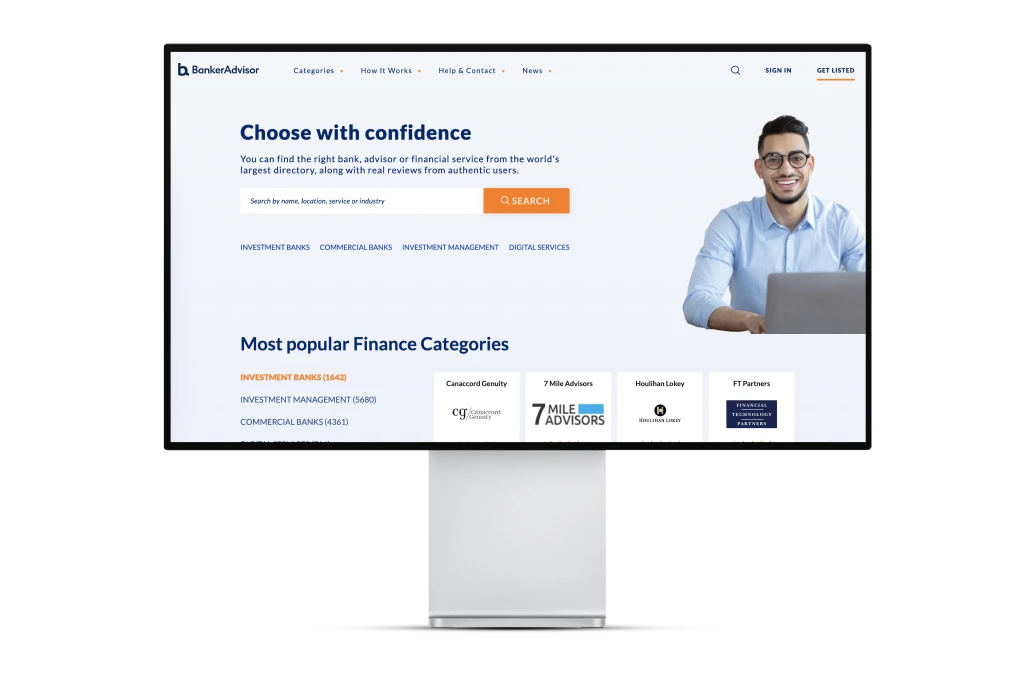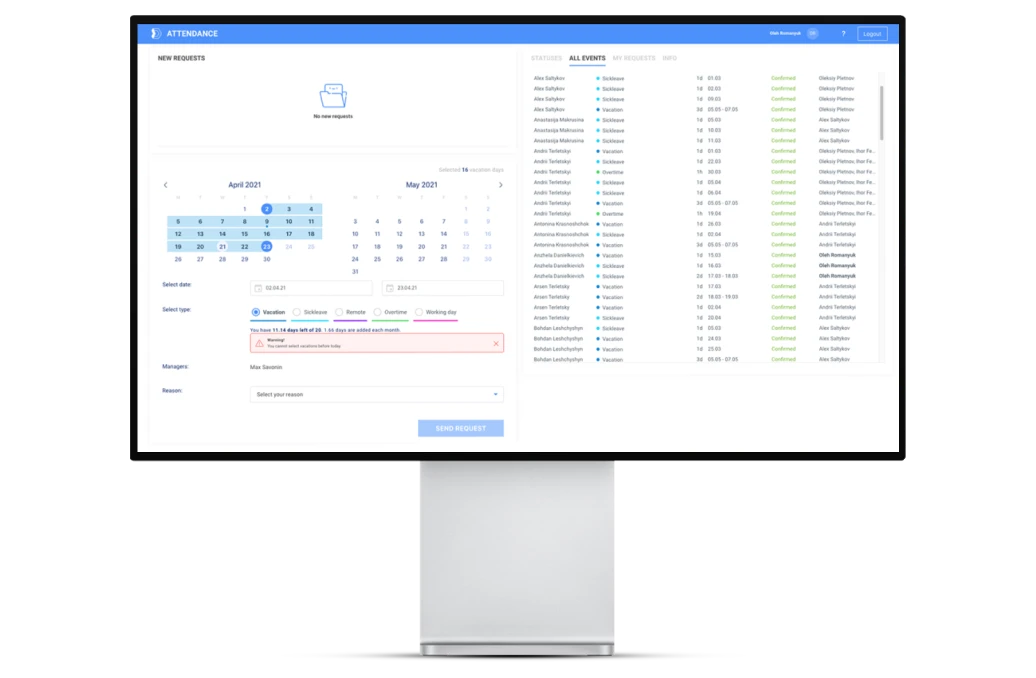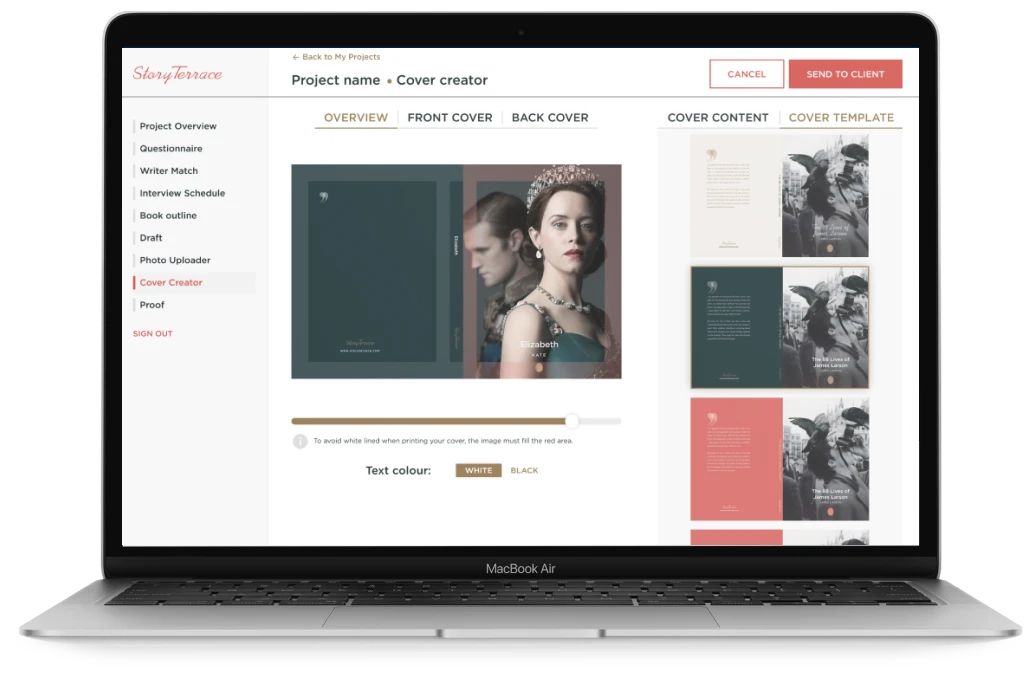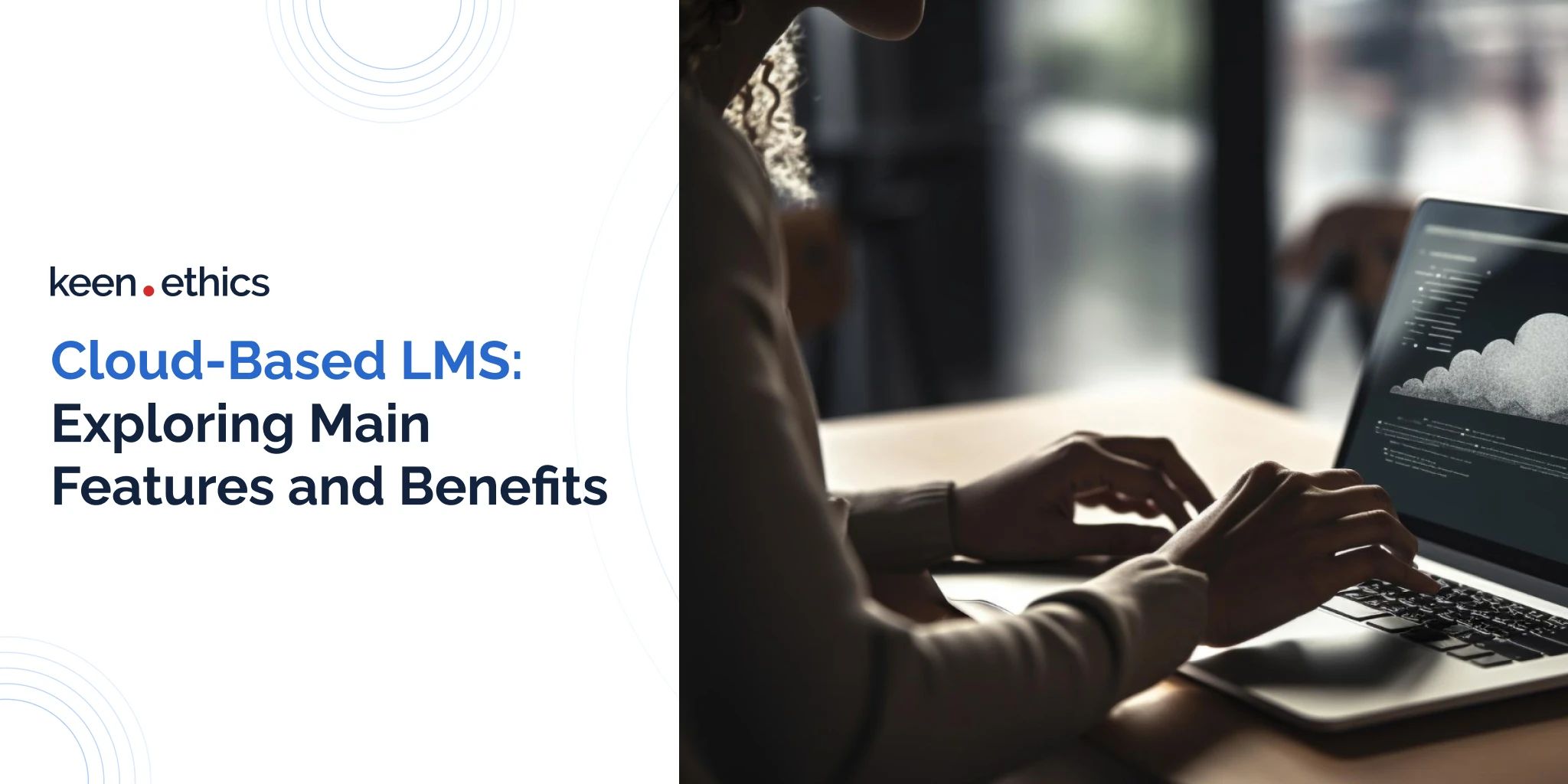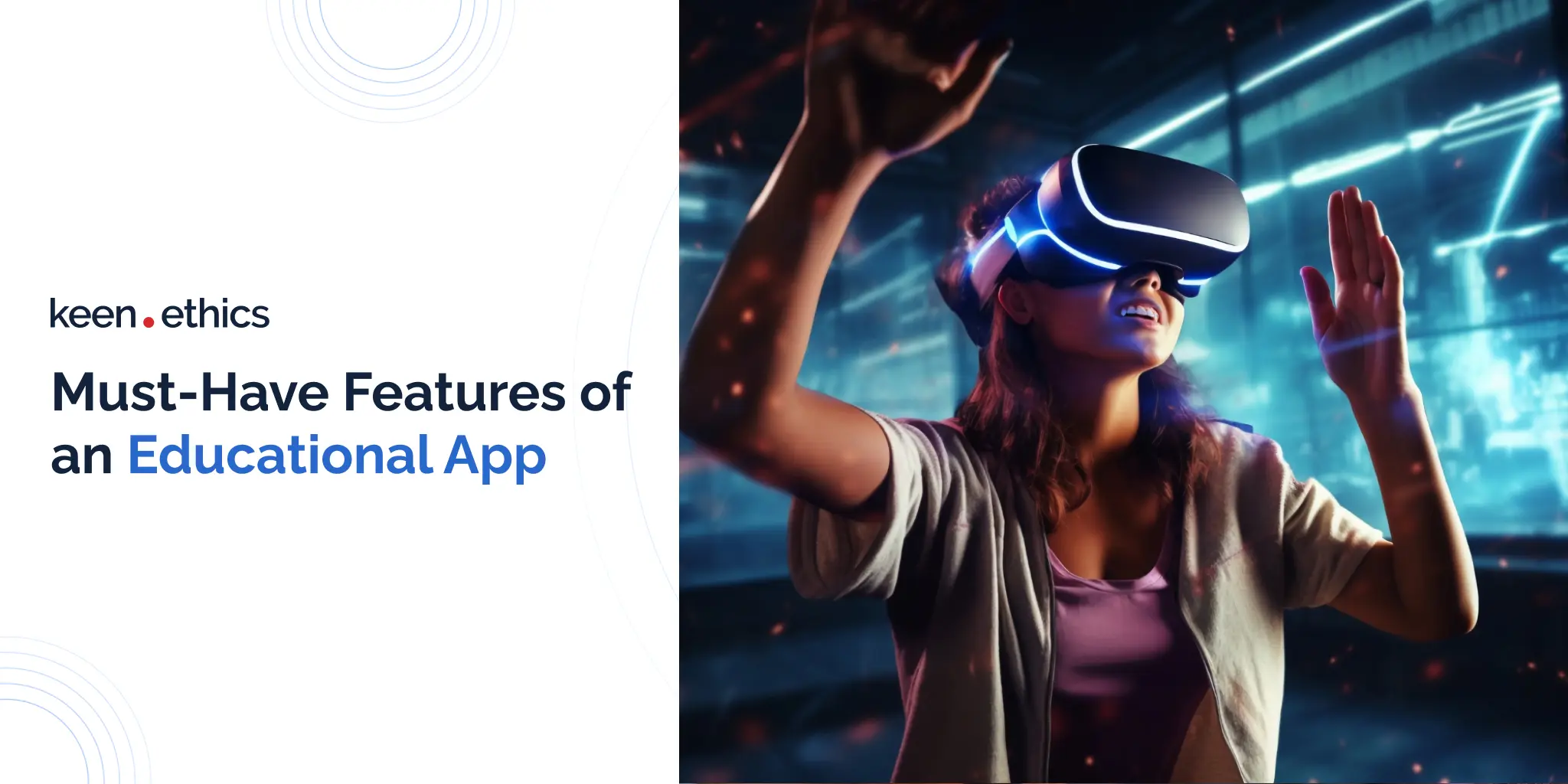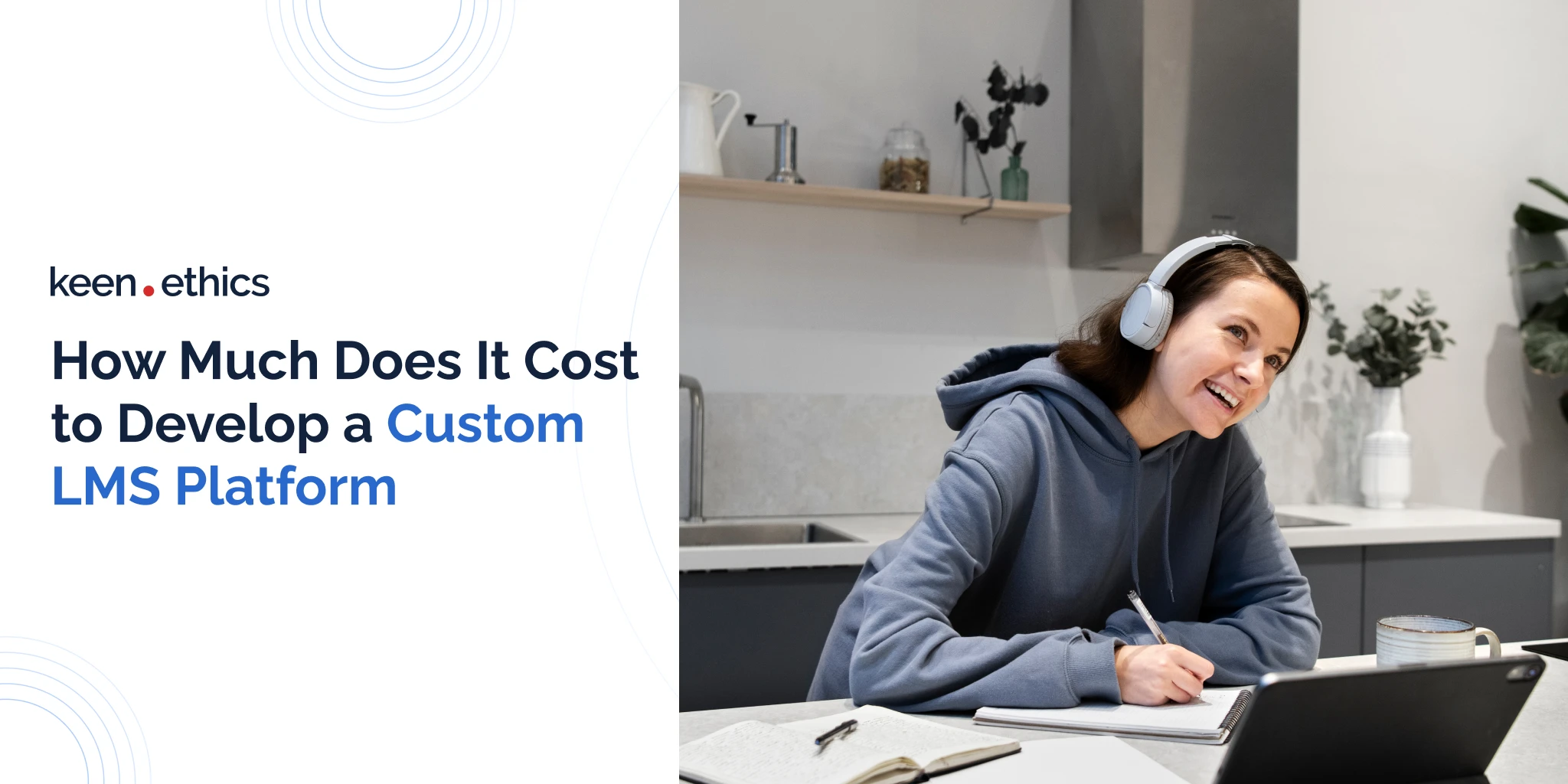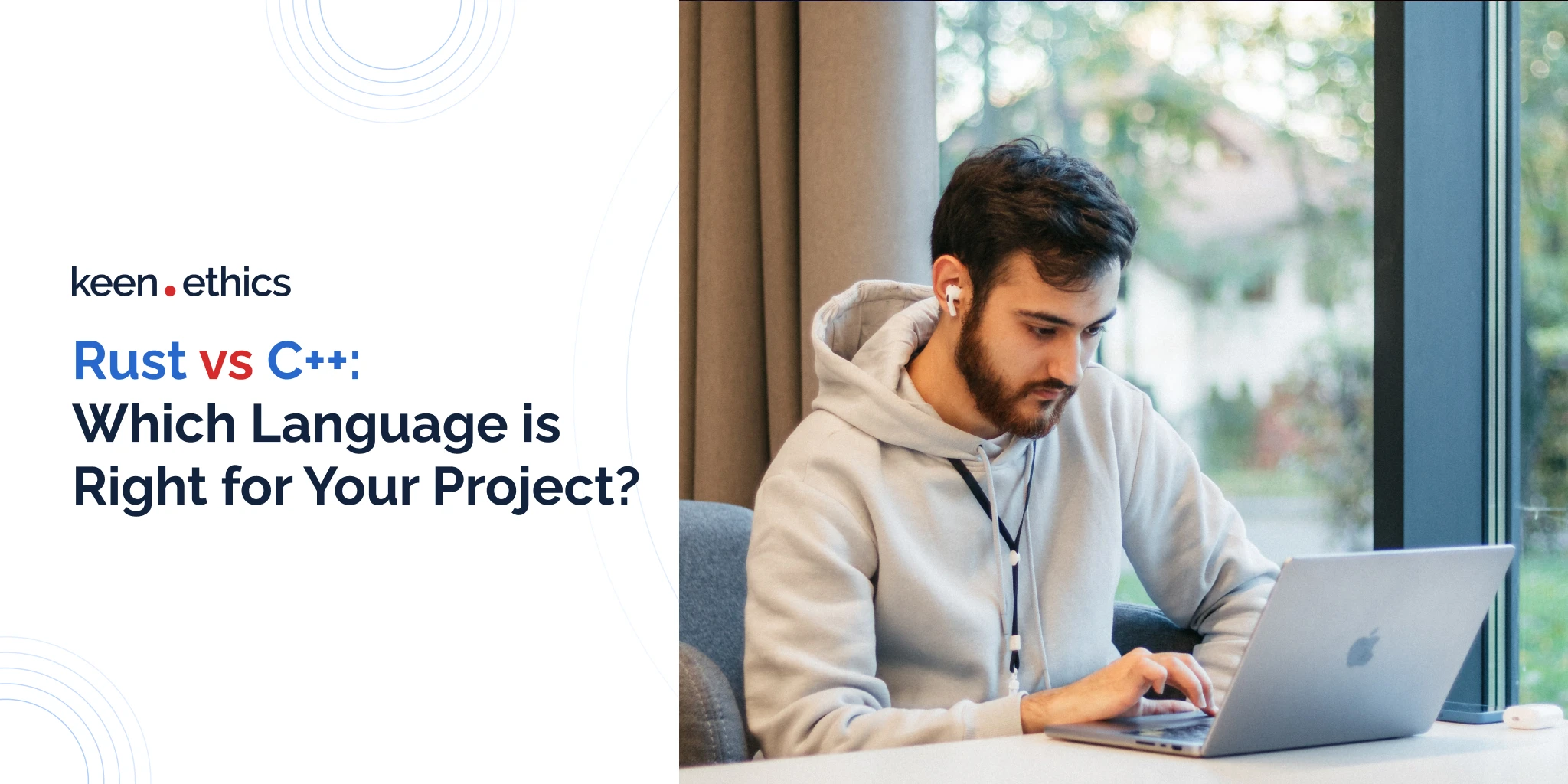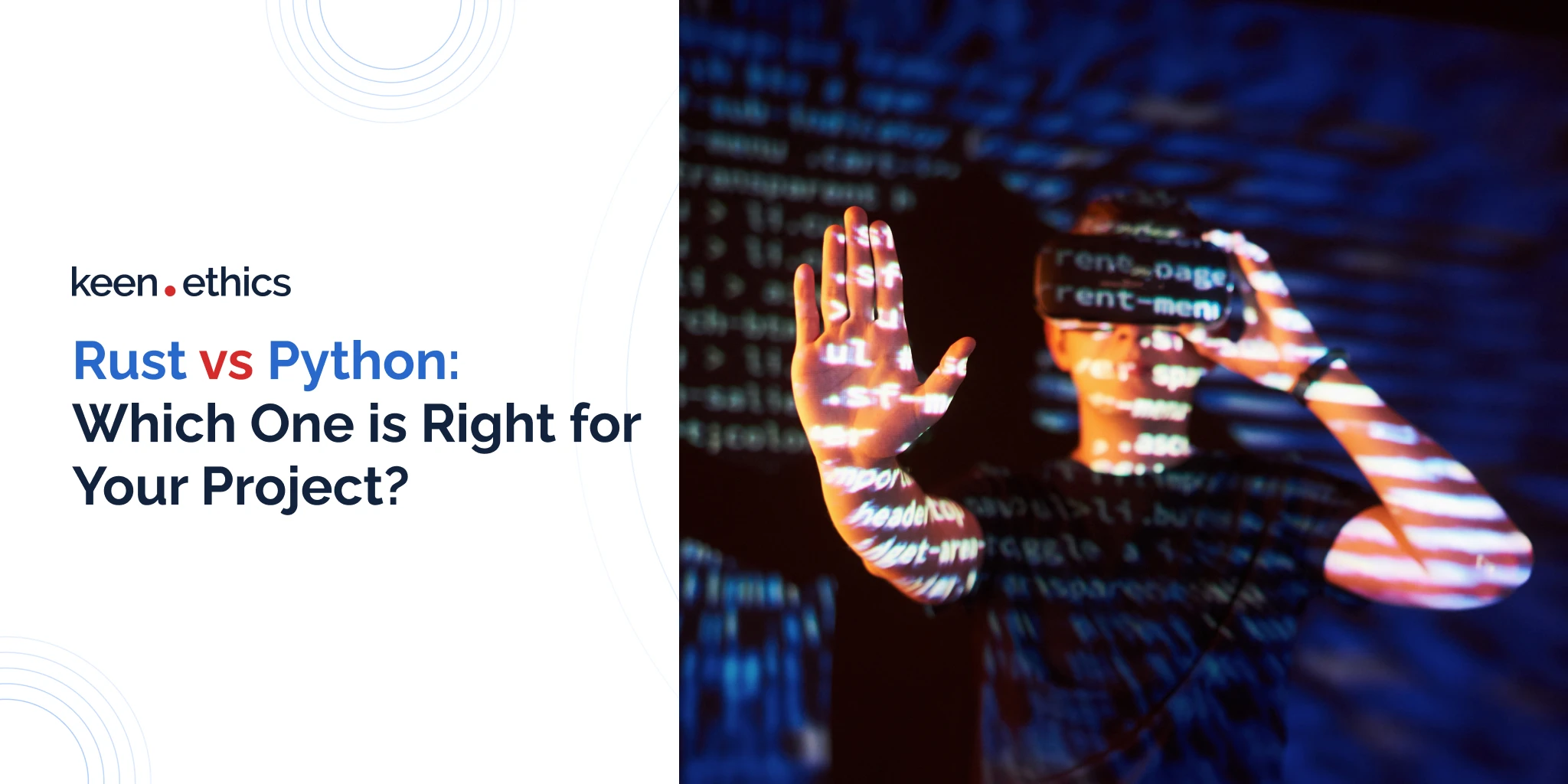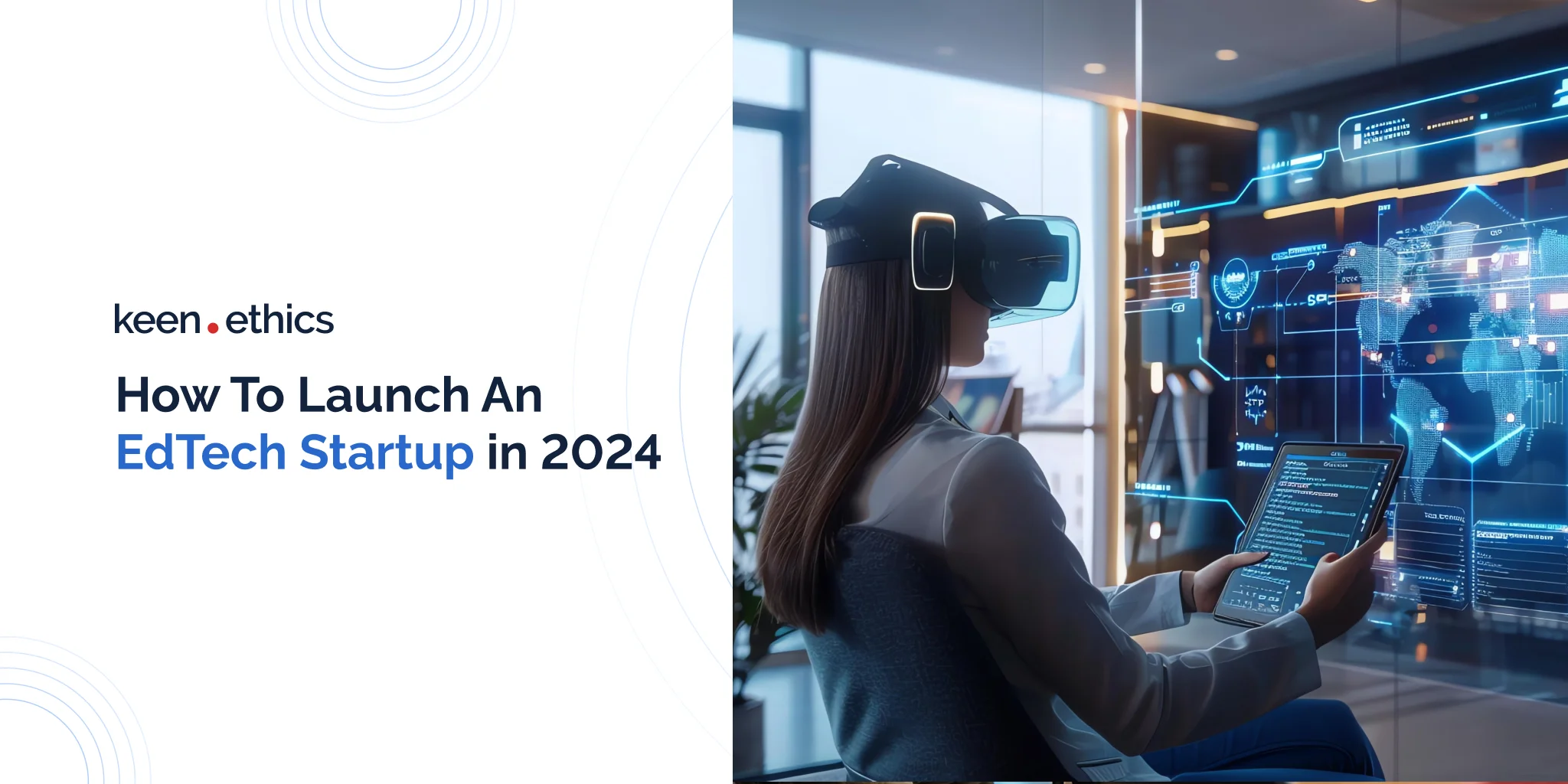“Prototype as if you know you are right, but test as if you know you are wrong.”
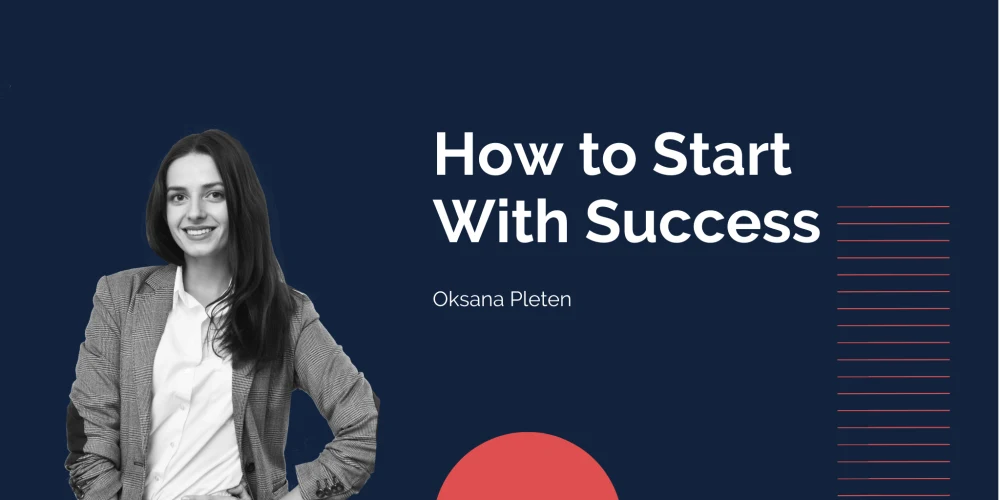
The Goal of Product Discovery
A product discovery phase is the first and foremost stage of design and development. This is an iterative process that helps teams to refine their ideas by deeply understanding real user problems and needs. As a result, they can reduce the risks around the future project and build a product that provides an actual value for a user.

During the product discovery phase, the team explores market and competitors, business goals and monetization strategies, and so on. Eventually, you as a client may receive a precise estimation of the time that the development process is going to take. This way, you will know a fixed price of the project and will be able to plan more effectively. Otherwise, we will have to cooperate based on the Time & Material approach. This approach is fairer to both of us as the payments correspond to the scope of work done, but it is much more difficult to plan from the long-term perspective.
I am getting a little off-topic here. Let’s come back to the product discovery process and break it down step by step.
This is how the product discovery process at Keenethics looks like.

Discovery Phase 1: Initiation
Understanding the problem and exploring solutions
The goal of the first activity is to uncover the purpose of the project and to adjust the future process. Communication is fundamental, so we organize one or two kick-off meetings with stakeholders. Understanding the client’s expectations will give the necessary context to make the right decisions. At the end of this step, the team must discover the vision and reasoning behind the idea, discuss future steps, and identify possible milestones and criteria to assess product success. Additionally, it is worth talking about the expected launch date and approximate budget.
Duration: This part would take a minimum of 3 days, depending on the solution scale and stakeholders’ ability to cooperate.
Discovery Phase 2: Research and Analysis
Analyzing the market, competitors, and target audience
At this point in time, the team already has a clear picture of the project and is aware of the client’s vision. It is time to dig deeper and inspect if the market is ready to meet this product by running an effective competitive analysis. During this stage, we are validating the market, analyzing the competitors, interviewing users, and designing user personas.
Identifying your competitors helps to determine their strengths and weaknesses, the main features that they offer, and how many users/downloads they have. Being aware of their weaknesses, you can turn them into your strengths. Being aware of their strengths, you will work harder on ensuring your competitive advantage.
Competitor Analysis
General competitor analysis is focused on the following criteria:
- Competitor’s name
- Competitor’s URL
- The number of visitors
- Age distribution
- Number of years the platform or product has been in use (optional)
- Main features
- Additional notes

To start with, a business analyst should scrutinize a competitors’ product and become an actual user of it. Registration or a free trial can help us to evaluate the first impression, the product’s visual design, and interactions. How is UX? Is the product user-friendly? What is even more important, however, is to find ways where the future product can gain.
The best practice for a business analyst is to ask 5 Why questions. For instance, why the competitor created the product? Why are they doing things in a certain way? Why do people trust/use a competitor’s product? The answers will help to identify the source of your competitors’ success and to find gaps in the overall service. This knowledge will help you make your product fill out this gap.
Target Audience Analysis
After such a structured analysis, the team already knows everything about the competitor’s products and about those who are actually using them. Who are the final users? What will they use the product for? Under what conditions will they use it? Just ask them – conduct an interview. Having answers to all these questions helps the team to discover what people want and need, thereby maximizing the chances of creating a better user experience.
The collection of data allows the team to pattern the information and create a User Persona.

Persona is simply a representation of the most common target audience, the ideal customer. At this point, creating a persona helps to have a clear problem statement in mind, to focus on users’ goals and needs. Personas, as a tool, are vital to launching a useful and usable solution.
Duration: The Research and Analysis part will take about one week.
Discovery Phase 3: Ideation
Discussing findings with the stakeholders
Next, when the team is armed with valid data, it is time to share it with the stakeholders. In order not to waste all that precious inspiration effort, it is better to have some structure of a meeting, not just a brainstorming session.
At Keenethics, we use a workshop method, the content of which depends on the type of product or service.

We usually work on developing a Customer Journey Map together with the stakeholders. The CJM is a visualization of the process a customer goes through to achieve a goal with the product. It is a step by step description of how our user persona interacts with the product.
The aim of the Ideation phase is to build empathy and to get a sense of users’ motivations – their needs and pain points.
It is useful to keep all stakeholders involved in this process and share the final version as a link. Also, we can analyze, comment, and change the customer journey map after the testing phase.

After an intensive brainstorming session, it is essential to identify what features will make the product both usable and useful. Choosing the essential set of features is a planning process that requires product teams to fully define the product vision, objectives, and success criteria for the product. At this point, the best features will become apparent naturally.
After the meeting, you should have answers to all the aforementioned questions and a clear vision of the future product. At this stage, the work is already underway to design the prototype. We prepare the initial version of the information structure and system architecture and start sketching.
Duration: The Ideation phase takes about a day or two, depending on the abilities of both the discovery team and the client.
Discovery Phase 4: Solution Framing
Creating and testing a visual solution
The last and most powerful product discovery phase focuses on creating a visual solution. Based on previous research, the team designs a prototype and tests it on users. It sounds very simple, but this process is highly important and therefore, tricky.
Wireframing
There is no need to create a fancy visual design to understand if it works. Instead, it is worth starting with wireframes. This is another testing step in the process of product development. Some core benefits of wireframing include:
- Defining information architecture and content
- Reducing rework and revisions
- Encouraging client and stakeholder feedback

Prototyping
The prototyping stage helps product teams to learn how users interact with the “rough draft” of a product to uncover new solutions or determine whether the existing solution is successful.
User Testing
The slogan of this stage is “Iterate as much as possible as fast as possible”.
After gathering the feedback from the client’s team, it is time to get back to the target audience. Usability testing includes interacting with users, showing the product to them, and asking them to try to use it. It provides insights from the usability and value perspective. On top of everything, it usually provides unexpected insights from the users. Quantitative value testing can provide evidence that something truly works – or does not. Read more about how we do User Testing at Keenethics.
Duration: Solution framing is the longest-lasting phase, and it takes about one or two weeks.
Roles in the Product Discovery Process
The major roles in a product discovery team are:
- Engagement Manager or Product Manager
- Business Analyst
- UX Designer
- Tech Lead or Solution Architect with vast experience in launching software products.
Business Analyst is responsible for gathering requirements from all stakeholders, including target audience interviews and market research, to build a solution that will bring value.
UX Designers’ job is to understand the business goal of a client and the needs of their users to transform them into an exceptional user experience. A UI UX design company also creates and tests the prototype.
Product Manager is to organize the product discovery process: teamwork, communication with the client, and weekly reporting. Their job is to reserve resources and deliver artifacts to the client on time and with good quality.
Tech Lead or a Solution Architect analyzes the artifacts of the product discovery phase to make sure that the designed business logic is technically implemented and offers the optimal architectural solution.
The Importance of Discovery
Maximizing RoI, making the product useful and usable, and bringing user value
The discovery phase as a beginning of product development helps to establish business outcomes and an overall product vision to maximize return on investment (RoI). Using this approach allows focusing on the utility and usability of the product. This provides the foundation necessary to begin developing a product that will truly add value and have a much greater chance of success in the market.

You can find out more about how we conduct the product discovery process in our presentation. Contact us to get the link to it.
 Search
Search


